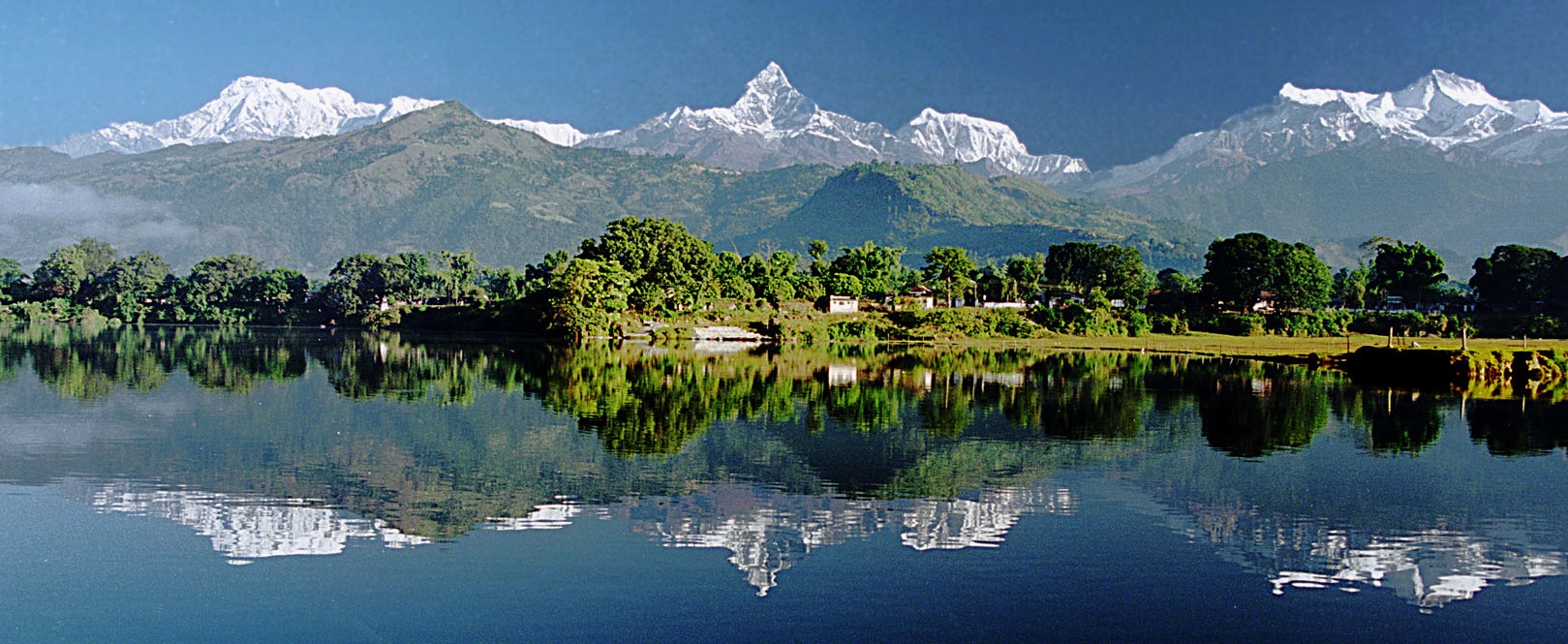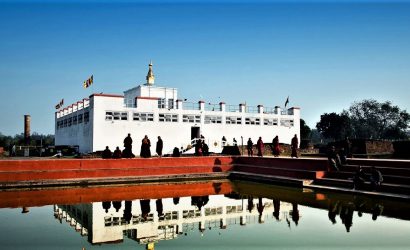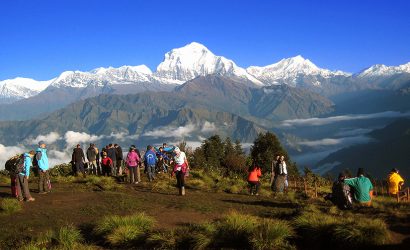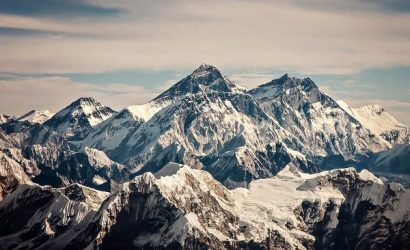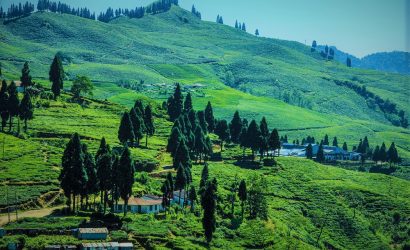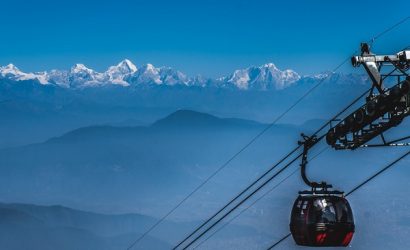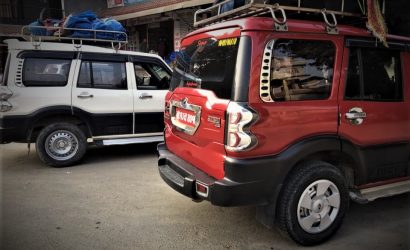Sightseeing in Pokhara
Old Bazaar,
The old bazaar is relic with mysterious alleys and courtyard. The site offers you fruits vegetables, fruits, spices and stunning wares made of brass, copper and bronze, with some temples and shrines which makes this place special. You have to visit this place to see and acknowledge the old Pokhara and best way to do is on foot. The direction is simple and any visitor can go. Start from Mahendra Pul, Nepal Telicome, step towards Tersapati, You will pass by many religious shops. At the intersection with Nala Mukh, check out the Newari houses with decorative brickwork and ornately carved wooden windows.
Continue north on Bhairab Tole to reach the small two-tiered Bhimsen Temple, a 200-year-old shrine to the Newari god of trade and commerce, decorated with erotic carvings. The surrounding square is full of shops selling baskets and ceramics.
About 200m further north is a small hill, topped by the ancient Bindhya Basini Temple. Founded in the 17th century, the temple is sacred to Durga, the warlike incarnation of Parvati, worshipped here in the form of a saligram.
Rupa Taal, If you want to witness the only freshwater lake in Nepal, you have come to the right place, Rupa Tal. It is one of the glorious serene lake which will make you feel truly blessed. Location: It lies towards the south-east of Pokhara valley. The freshwater lake in Nepal is Rupa Tal which is also the third largest lake in Pokhara valley.
Highlights: It provides boating opportunity for all the tourists which makes Rupa Tal an important tourist destination for many.
Prices: Entry is free.
Sarangkot, Sunrise view from Sarangkot. A small village which has its own natural beauty. The best thing about the village of Sarangkot is that it lies in the outskirts of the Pokhara city. Moreover, you will alo get a chance to view the one of the most beautiful Annapurna Himalayan range. You can also view the orange hues along with some beautiful mountain ranges. Highlights: The scenic beauty of the place is what makes the village an obvious pick for most of the tourists. It is also an important location for most of the paragliders.
Prices: Free.
International Mountain Museum, If you want to dig deeper into the history of mountains and other mountaineering activities, the best thing would be to take a look at the International Mountain Museum.It has documented some of the important things realted to mountains. You can find some of the hidden mysteries pertaining to Mount Everest. Highlights: You can check out the records of several mountaineers like Mr Herzog. It is however one of the must visit place when you are in Pokhara. This expansive museum is devoted to the mountains of Nepal, the mountaineers who climbed them and the people who call them home. Inside, you can see original gear from many of the first Himalayan ascents, as well as displays on the history, culture, geology, and flora and fauna of the Himalaya. Once you’ve been inspired by the climbers of the past, head outside where there’s a 21m climbing wall and a 9.5m-high climbable model of Mt Manaslu. A taxi here from Lakeside will cost you around Rs 800 return.
Price: 300 NPR.
Begnas Tal, A quiet fresh water lake in kaski district of nepal that changes colour depending on the season. it is the second largest of the eight lakes in Pokhara valley with a maximum depth of 10 meters. Location: It takes about 40 minutes by bus from Pokhara to reach the lake. Not far from the maddening crowd but extremely clean and quiet. Since it is visited comparatively less, the original beauty is undisturbed.
The lake supports irrigation and fisheries. Water level in the lake is regulated by a dam constructed in 1988 as it fluctuates with season and because of use for irrigation. Pressure of increasing human population is forcing conversion of swampy area into land for cultivation.
Highlights: Boating, fishing and swimming are some of the activities you can indulge in, the bonus being surrounding green mountains.
Price: There are whole lot of hotels around to suit different budgets but the entry to this lake is free.
Gurkha Memorial Museum, The amazing Gurkha Memorial Museum talks about the contribution of the Gurkha soldiers which had later joined the Indian army. The museums will definitely leave you jaw dropped as you will witness the Gurkha uniforms which is displayed in the museum. One can also view the bravery medal which they have won in the past.
Highlights: You can also view the service Khukri which is the traditional Gurkha knife used during the war times and the museum is only open from 8:30 am to 4:30 pm. Located just north of Mahendra Pul, near the KI Singh Bridge, the Gurkha Museum celebrates the achievements of the renowned Gurkha regiments. Accompanied by sound effects, it covers Gurkha history from the 19th-century Indian Uprising, through two World Wars to current-day disputes and peace-keeping missions, with a fascinating display on Gurkhas who have been awarded the Victoria Cross medal.
Price: Rs 100-200 and an extra of Rs20 for the camera.
Gupteshwor Cave, Caves have always been mysterious but the curious thing about this Gupteshwor Mahadev Cave is that it comes with a religious bent too. One of the huge stalagmite is usually worshipped as Shiva Lingam. The peaceful atmosphere of the cave will definitely soothe your senses and will let you introspect a little bit.
Amidst the regular hustle and bustle of the city, it is a good place to spend some peaceful time. If you planning to visit this place it will be advisable for you to carry a torch along as it is usually dark. Highlights: The Gupteshwar Mahadev Cave is a combination of Devi’s fall in the upstream and the cave in the downstream, one has to climb down the metal stairs to have a real look. Although it is a bit scary but its definitely worth a watch.
Price: Rs.50 to Rs.100.
Devi’s Fall, A spectacular fall which you might have never seen before, the peculiar thing about this fall is that the starting point of this fall where Pardi Khola stream which eventually vanishes in the underground. The most amazing thing about this fall is that you can clearly hear the sound of the water which eventually strikes the fall. The cascading waterfall secretly comes and meets the cave which makes this fall a must-watch in Nepal. Also known as Patale Chhango, this waterfall marks the point where the Pardi Khola stream vanishes underground. When the stream is at full bore after monsoon rains, the sound of the water plunging over the falls is deafening. The falls are about 2km southwest of the airport on the road to Butwal, just before the Tashi Ling Tibetan camp. According to one of the many local legends, the name is a corruption of David’s Falls, a reference to a Swiss visitor who tumbled into the sinkhole and drowned, taking his girlfriend with him.
Mahendra Cave, If you are a strong Hindu believer, you wouldn’t miss the chance to visit Mahendra cave. The cave was named after Mahendra Bir Bikram Shah Dev and has several stalactites and stalagmites along with a statue of Lord Shiva which attracts almost thousands of visitors every year.
Ghorepani Trek, Experience stunning views of the Annapurna range. Enjoy eating hearty meals during this introductory trek. If you are interested in doing a safe, beginner’s level trek, then this oddly comfortable trek is the right option for you. Highlights:The trek usually takes 2-5 days, depending on the tour you decide to go with. The energizing fresh mountains and the enthralling natural beauty of dramatic Annapurna range will cast an impression on your mind. The leisurely trip will also involve a cultural exchange, giving travelers the opportunity to meet and greet people from Nepali. The trek usually begins from Poon Hill and provides you a chance to discover Lake City of Pokhara.
Location: Poon Hill.
Things to keep in mind: For this trek, don’t forget to take trekking boots and hiking socks with you. The temperatures can drop sometimes and therefore, carrying a fleece jacket, with a wind-protector is an ideal option.
Seti Gandaki Gorge, The roaring Seti River passes right through Pokhara, but you won’t see it unless you go looking. The river has carved a deep, narrow chasm through the middle of town, turning the water milky white in the process. The best place to catch a glimpse of the Seti River is the park just north of Old Pokhara near the Gurkha Museum.
Phew Lake, Phewa Tal is the travellers’ focal point in Pokhara, and is the second largest lake in Nepal. In contrast to the gaudy tourist development of Lakeside, the steep southwestern shore is densely forested and alive with birdlife. The lush Rani Ban, or Queen’s Forest, bestows an emerald hue to the lake, and on a clear day, the Annapurna mountains are perfectly reflected on its mirror surface.You can take to the lake in one of the brightly painted doongas(boats) available for rent at Lakeside. Many people walk or cycle around the lakeshore – the trek up to the World Peace Pagoda affords breathtaking views over the tal to the mountains beyond.

